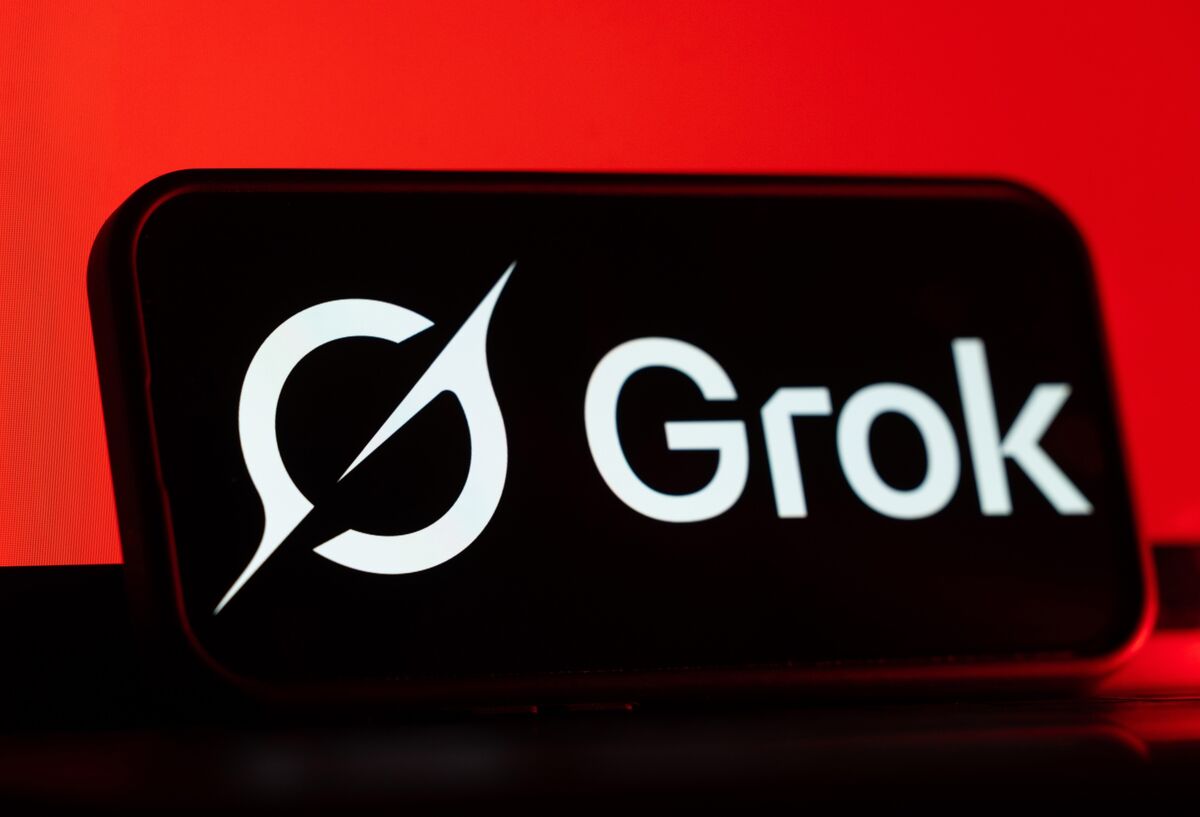Meta Is Constructing A 5GW AI Data Center- Mark Zuckerberg
Meta is in the process of constructing a data center named Hyperion, which is anticipated to provide the company’s new AI facility with five gigawatts (GW) of computational capacity, according to CEO Mark Zuckerberg in a July 14 post on Threads.
Meta’s most recent initiative to surpass OpenAI and Google in the AI sweepstakes is the announcement.
Having previously recruited top-tier talent to lead the Meta Superintelligence Lab, such as former Scale AI CEO Alexandr Wang and former Safe Superintelligence CEO Daniel Gross, Meta appears to be now focusing on the substantial computational capacity required to train frontier AI models.
Zuckerberg stated that Hyperion’s footprint will be sufficiently extensive to encompass the majority of Manhattan.
Ashley Gabriel, a spokesperson for Meta, informed TechCrunch via email that Hyperion will be situated in Louisiana, most likely in Richland Parish, where Meta had previously disclosed a $10 billion data center development.
Gabriel stated that Meta intends to launch two gigawatts of data center capacity with Hyperion by 2030, but that it will expand to five gigawatts over the course of several years.
Zuckerberg also observed that Meta intends to establish a 1 GW super cluster, known as Prometheus, in 2026, rendering it one of the first technology companies to manage an AI data center of this magnitude. According to Gabriel, Prometheus is situated in New Albany, Ohio.
It is probable that Meta’s AI data center construction will enhance the company’s competitiveness in the training and serving of top-tier AI models, thereby enabling it to compete with OpenAI, Google DeepMind, and Anthropic.
It is conceivable that the endeavor could also assist Meta in attracting additional talent, who may be attracted to a company with the computational requirements to compete in the AI race.
Prometheus and Hyperion will absorb sufficient energy to supply electricity and water to millions of households, potentially draining significant quantities of water and electricity from nearby communities.
The New York Times reported on July 14 that the water faucets in certain residents’ residences in Newton County, Georgia, have already been drained as a result of one of Meta’s data center initiatives.
People residing in close proximity to other AI data center ventures may experience comparable complications.
Bloomberg reports that CoreWeave, an AI hyperscaler, is preparing to expand its data center, which is expected to double the electricity requirements of a city in the vicinity of Dallas, Texas.
Nevertheless, technology companies are resolute in their commitment to constructing substantial data center projects to facilitate their AI aspirations.
OpenAI’s Stargate project, which is a collaboration between Oracle and SoftBank, and xAI’s Colossus supercomputer are also noteworthy endeavors.
The construction of AI data centers within the technology sector has been primarily promoted by the Trump administration.
OpenAI’s Stargate initiative was announced with the assistance of President Donald Trump, who has since expressed his interest in the expansion of the AI infrastructure in the United States.
Chris Wright, the Secretary of Energy of the United States, urged the nation to “lead the next major energy-intensive frontier: artificial intelligence” in a column published in The Economist on July 14.
He emphasized that AI converts electricity into the “most valuable output imaginable: intelligence” and that the federal government would expedite the production of energy from coal, nuclear, geothermal, and natural gas.
The AI industry appears to be on the brink of absorbing a significant portion of America’s energy in the years ahead, with the backing of federal officials.
By 2030, data centers are expected to contribute 20% of the nation’s energy consumption, a significant increase from the 2.5% they held in 2022, according to industry experts.
This could result in even more complications for communities if energy production is not promptly increased.
news via inbox
Get the latest updates delivered straight to your inbox. Subscribe now!




